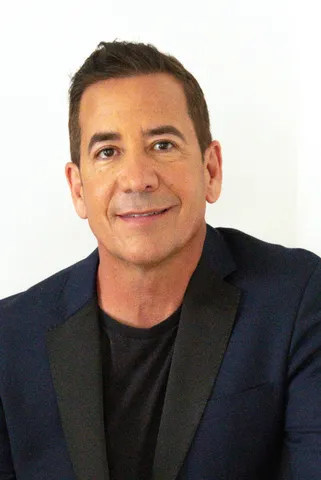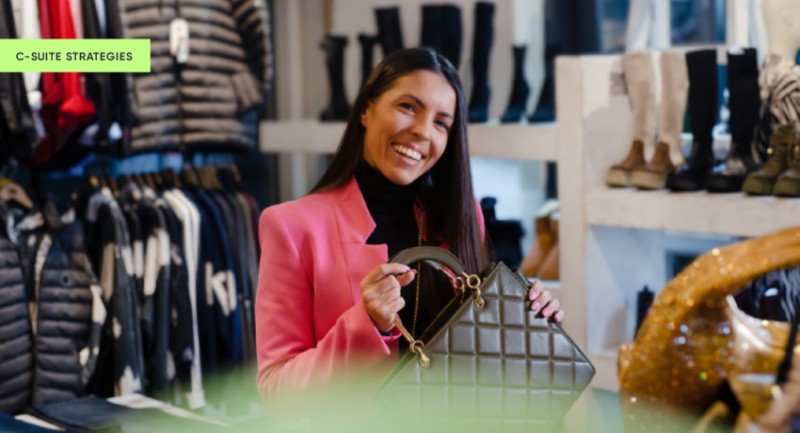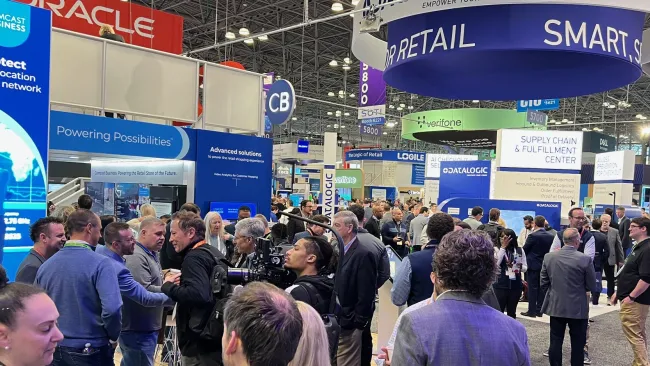Tony Drockton is looking to change the face of luxury retail. Based in Hermosa Beach, Calif., the founder and “chief cheerleader” of luxury handbag firm Hammitt brings a Southern California vibe to women’s handbags, far away from Fifth Avenue, Paris, and traditional luxury retail sensibilities.
The company, which recently celebrated its 15th anniversary, embodies a fun, artistic brand that is empowered by its community of fans and employees. We recently caught up with Drockton and Jenna Gulick, Hammitt’s head of marketing, to discuss how a focus on personalized customer and employee experiences helps the brand stand out and grow in a competitive environment.
Customer Strategist: How do you define a great customer experience?
Tony Drockton: I think in order to take care of your customers, you have to be with them. So my personal philosophy is to have as much time one-on-one with customers and to really listen to them. There’s nothing like having that direct relationship. So personally, I also inspire our team to do the same thing.
It doesn’t matter where you’re at, whether you’re working in our shipping department or you’re in the repair center. Those same people get out at our events and they get to interact with our customers directly. I like to say we’re a designer handbag brand that also masquerades as an event company [hosting a number of in-person retail gatherings]. So my philosophy is to get in front of the customer as much as possible. And that circles back to having a great team.

CS: How do you build that personal connection and humanity into the business, especially as it grows?
TD: Everyone in the company has the ability to connect directly with our customers and resolve their issues…We have a concierge desk whose only goal, whatever the cost is, to make the customer happy. There are no excuses here. Everybody has the ability to jump in and comment on Google reviews, respond directly to customer emails, and do whatever it takes to make customers happy. We empower them.
CS: Can you talk about the power of using data to get to that one-to-one connection and create some of those relationships?
Jenna Gulick: We’re very data-driven. It’s all about trying to mine the nuggets of personal relationship-builders from that data. We have a number of tools that we integrate between NetSuite, Shopify, Domo, and all these other awesome tools that help us look backward and forward. We can make projections about what our customers—our fans—are really going to be most interested in, season by season. We also have classic items that are always available and so we’re always tracking to see what demand for those looks like.
We can prepare and get ahead of the curve to make sure that we’re keeping up with demand for products that are just skyrocketing in popularity. It’s really exciting and fun, but it’s also about making sure that no customer is just a number. We’re always making sure that we’re building an experience that is seamless for them across all platforms.
So again, it’s integrating data from e-commerce, wholesale, retail, and CRM, making sure that everything is consistent across the board in how we’re presenting our product, our experience, and our availability.
When there’s an issue, we can also dive right in at any touchpoint, whether it’s on the floor of the retail store, the concierge desk in the field, or from a mobile device, etc., so we can take care of customers in real time because we have the information we need.
CS: What does that looks like from the customer perspective?
TD: There’s not perfect information or perfect data. But in the end, employee empowerment and access to as much information as possible makes the customer satisfied in the moment.
It’s as easy as saying, “We’ve got you” and then having them trust us. I spoke to a woman today, Lisa, who’s got about 150 of our bags. She said, “Tony, the reason I love the bags is the quality of the product and the cell phone pocket. And the reason I fell in love was the first time I had a bag break and you made it right” with no customer friction. The customer invested in the design and the product, but also had the trust in what would happen afterward.
When you’re buying something expensive, having that trust, knowing that you’re going to be taken care of forever, is a huge win for customers.
CS: Your brand has generated loyalty not only from your products, but also by building a strong community of customers, retailers, and other stakeholders. How are you able to keep a strong community around your brand?
TD: From the beginning, the brand was built by home parties. I discovered Hammitt with Steffanie Hammitt here in Manhattan Beach, Calif. She was hosting little parties in other Hammitt fans’ homes.
And that’s what we did over and over again locally, the brand. And then we started doing these trunk shows around the country, small ones. We had some in Chicago and Dallas years ago and that turned into us now hosting massive biannual events.
We call them retired style parties. The last one was 3,000 people in Manhattan Beach. We took over the whole outdoor space. We had artists and acrobats, gourmet food, open bar, lots of different activities. The real core of all that is everyone comes together to connect.
Some fans have made private Facebook groups and other independent online communities, so they flew in from all over the country for the event and to meet in person. The energy was so electric, and then they got to spend the whole weekend together. That to me is amazing. We went from a house party in Manhattan Beach with five people to 3,000 people coming from all over the country—some husbands even.
It's not about a handbag, but about touching their heart. For some reason it’s touched their heart and it’s allowed them to connect to a community of other people. It has almost nothing to do with the actual bag itself. And I’ve realized that it’s about what people get by being part of that community.
And even I can’t tell you how we created it. I’d love to give you that magic. I think it’s just been one interaction at a time.
CS: What’s your focus for 2023 and the future?
TD: Our number one focus for this year is customer retention. We had been expanding into new stores and boutiques. This year is about purposeful, profitable, focused growth. That’s important for this year. And if we hit that, then we can go back to cranking up hypergrowth in 2024-2025. I think the next year is really about being assertive where you can, but be conservative in the areas where you’re just not certain.
This is not a year to take big risks, in my opinion. So I think this is a year to get closer to the customers who know and love you and to really show that you care about them no matter what comes your way. Hey, if it turns out to be a bonkers year macroeconomically, that’s a bonus round for everybody. But if it doesn’t, we still plan on having profitable growth and continuing to expand our customer base, but in a more thoughtful way.
CS: What are some of the biggest challenges in achieving that?
TD: To me, the biggest challenge is uncertainty. I think when there is uncertainty, that’s when as a leader it’s my job to find the opportunities just behind what looks like an obstacle.
What’s really stuck to me—the opportunity of the uncertainty—is to build that trust even further with your internal team. They have to feel safe. They have to feel like they’re going to be OK, and then to allow them to build that with our customers, to keep investing in our customers, other consumers. But remember, it’s also all of those retail partners around the country. They’re the ones that have to invest upfront so that we continue to serve all of our customers wherever they want to experience us.
That’s the single focus for me as a leader—to keep building that trust and to move the boulder out of the way so that people can see the opportunity. Even when it’s cloudy, there's always a sun. They have to see it.

















